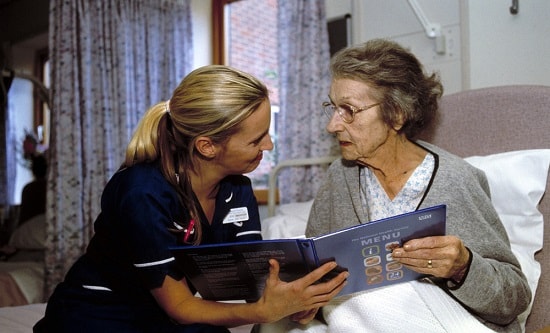
On 27 August, The Guardian revealed that Covid-19 death tolls in individual care homes are being kept secret by the regulators, the Care Quality Commission (CQC) in England and the Care Inspectorate in Scotland, in order not to ‘prejudice the commercial interests of care providers.’ This is both a flagrant case of putting the interests of capital ahead of the interests of people and an expression of the regulators’ cosy relationship with the private interests they are supposed to regulate. A symbol of this relationship is that when the last chief executive of the CQC, Dave Behan, left the regulator, he went straight into a executive role at HC-One, Britain’s largest care provider with a history of scandals, and a shaky financial structure designed by its financier owners to turn quick profits and siphon public money into tax havens.
On the other hand, the decision by the regulators to keep information about deaths in particular homes secret expresses a real worry about the sustainability of a privately-run sector in which failure to turn a profit means closed care homes. In response to freedom of information requests submitted by The Guardian, the CQC wrote that it fears a ‘significant impact upon providers who are already facing serious financial pressures … reducing the overall availability and choice of care services.’ In other words, if the families of care home residents were told the truth, they might pull their relatives out of unsafe homes, stop paying fees, and push the companies towards closing down homes that are not turning a profit.
Financially unstable
A survey conducted by Channel 5 News and the National Care Association in June found that occupancy levels stood at 81%, down from 92% in June 2019. Private admissions (ie those not funded by local authorities) stand at 35% of 2019 levels, according to the CQC. Industry analysts Knight Frank forecast a slump in demand that could leave 180,000 empty beds across the sector by the end of 2021. Without the income that attaches to these beds, the future of care providers is in question. In a recent report, the CQC concluded that ‘Covid-19 is having a significant impact on the financial viability of adult social care services’. A quarter of directors of adult social services share these concerns about the financial sustainability of ‘most’ of the providers in their authority, while 82% fear the financial sustainability of at least one provider.
In June/July, FRFI reported that one home, Friary Lodge in Barnet, had closed due to financial pressures stemming from Covid-19. At least two more, both run by Shaw Healthcare in Liverpool, have closed for similar reasons, affecting 83 residents and 132 members of staff. Mike Smith, chief operating officer for the company, blamed ‘significant and unsustainable losses brought on by the change in market conditions as a direct result of Covid-19’ (Care Home Professional, 24 August).
The real problem
Infections in care homes more than tripled to 513 cases in the week ending 6 September, from 159 cases the week prior. Thus, Johnson told Parliament on 16 September that he was ‘concerned about the rates of infection in care homes’. Doubling down on his strategy of deflecting blame onto care providers (see ‘Covid-19: Johnson blames care homes’ on our website), he added that there was a need for a ‘toughening-up of the rules governing the movement of workers from one care home to another’. Two days later, the government announced that care homes were to stop all but ‘essential’ movement of care workers between different homes. While there is ample evidence that spreading workers, usually precariously employed ‘bank’ or agency staff, across multiple homes has contributed to the spread of the virus, this does not happen simply because of lax rules. There is a staffing shortfall of 120,000 care workers (around 8% of all roles are vacant) across the sector; a shortage in no small part down to the prevalence of appalling working conditions. 10-13% of care workers are estimated to be paid below the minimum wage, while around half do not earn the Living Wage Foundation living wage. These conditions, alongside streams of public money and destabilising financial parasitism, are one of the pillars that have made possible the 20% profit margins of the large corporate care providers.
On 17 September, Hancock promised an additional £546m of funding until March 2021. This he said would provide for the hiring of extra permanent staff and to secure exclusive access to agency staff in order to avoid workers moving between multiple homes. Aside from the fact that this is a drop in the ocean of the £8bn funding gap on social care spending by local authorities since 2010, it does not tackle the problem. Privately-run providers are unlikely to hire additional staff while their revenues shrink thanks to decreased demand as residents die from the disease or families turn to arrangements other than care homes. This paltry amount of additional money cannot get around the real problem: that in the privately-run care system in capitalist Britain, care homes will only stay in business if there is profit to be had.
James Pike




